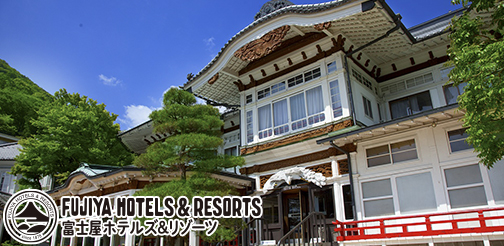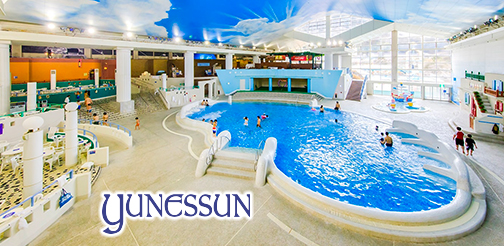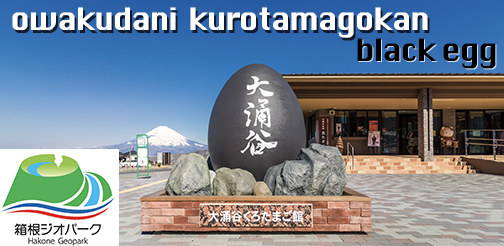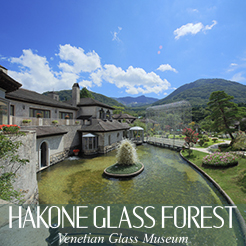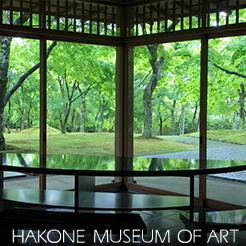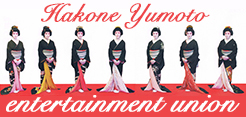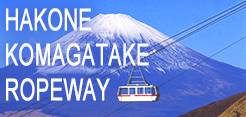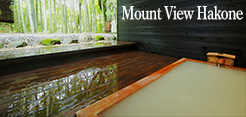The history of marquetry goes back to the Edo period (1600-1868). About 1,000 years ago, craftsmen with various skills began to gather in Hakone to take advantage of the abundance of wood in the mountains.
In the beginning, round vessels such as bowls were mainly made here, but about 200 years ago, during the Edo period, a craftsman named Jinbei Ishikawa developed a technique of combining different colors and grains of wood to make boards, and then cutting them into thin sheets. These thin boards were then glued to small boxes with glue to create marquetry. The sound at the beginning of this piece is the sound of this marquetry being shaved with a canner. Legend has it that Jinbei Ishikawa came up with the idea after seeing the stone pavement laid by the Edo Shogunate to maintain the Tokaido highway.
The inventor, Jinbei Ishikawa, was in the mountain village of Hatajuku, an inn town located right in the middle of Odawara and Lake Ashi-no-ko, and so the marquetry craft developed in Hatajuku. Hatajuku was crowded with people coming and going on the Tokaido highway as they made their way between Tokyo and Kyoto, so it became a popular souvenir, and the techniques developed. In the Meiji era (1868-1912), more complex geometric patterns of marquetry were created, and the technique continues to evolve today.
Hakone Maruyama is one of the shops that still specializes in this traditional art.
Yosegi-zaiku is often used for accessory boxes, and the most representative example is the “secret box” called himitsu bako. It is said that some of them require more than 100 steps to open.
The origin of these boxes is said to be the box pillows carried by travelers in the Edo period. In order to prevent their precious things from being stolen while they slept, travelers slept with box-shaped pillows that could not be opened easily. Travelers at the time would have carried money, travel documents, or medicine with them when they traveled. The box pillow is the motif of the Secret Box.


